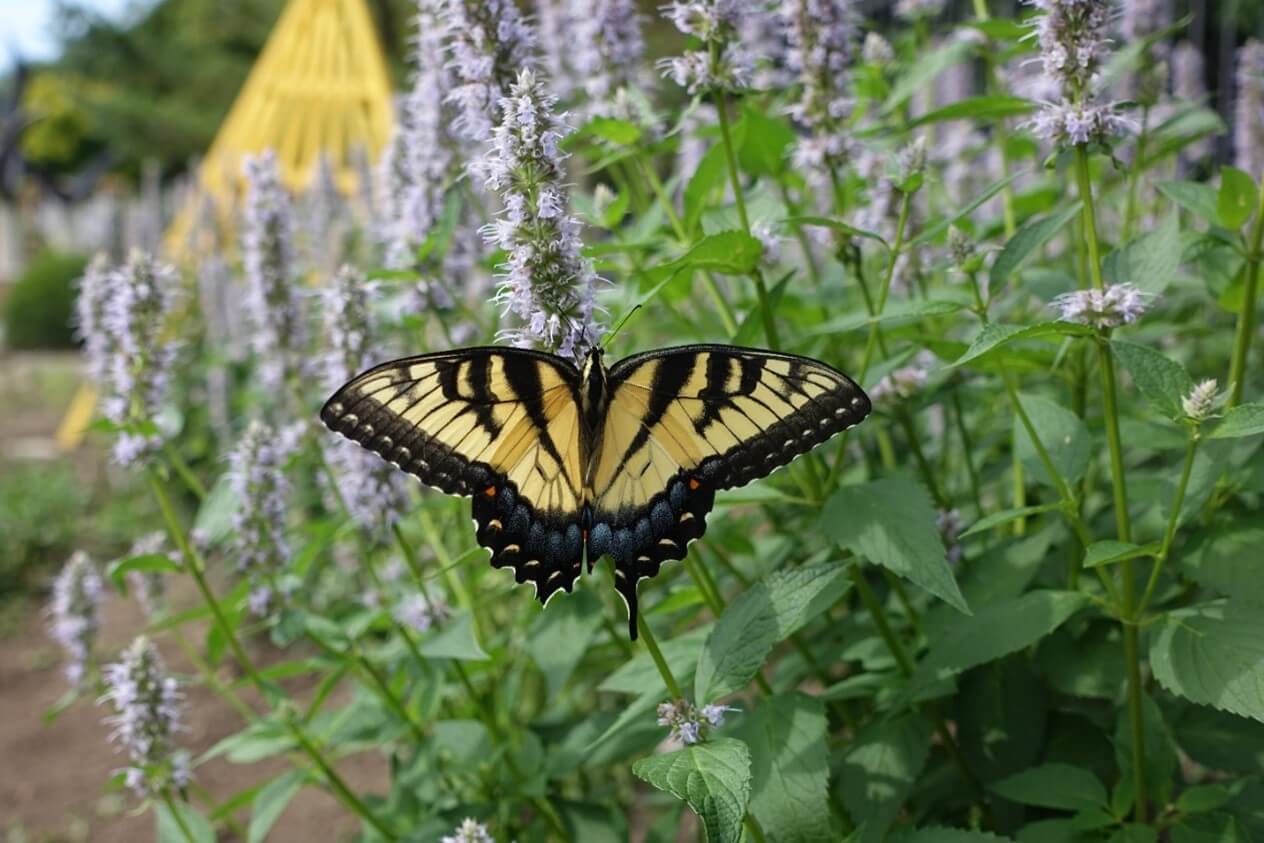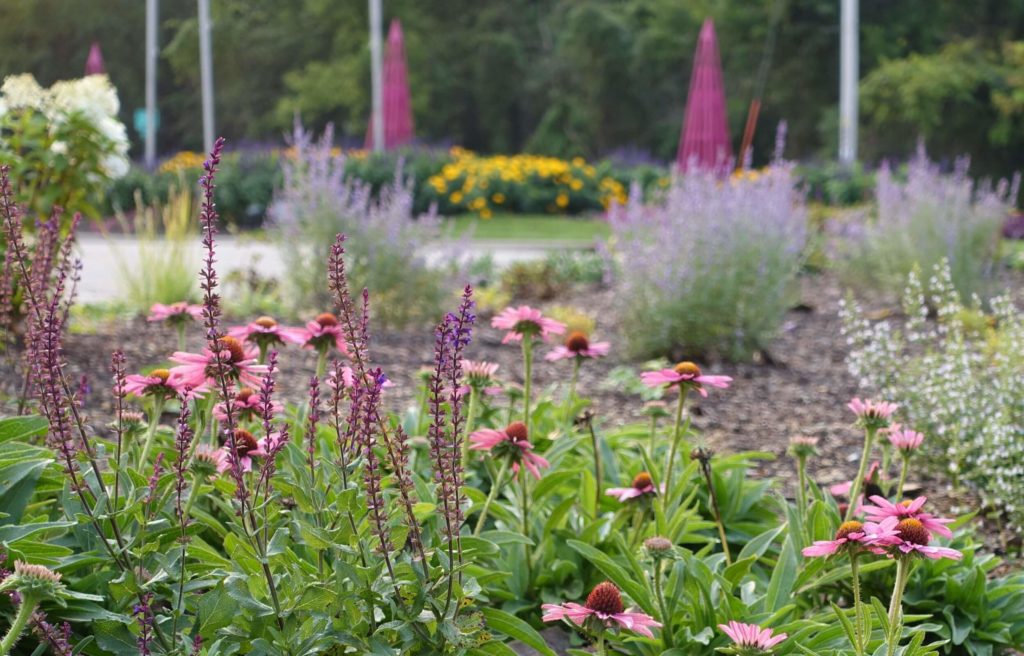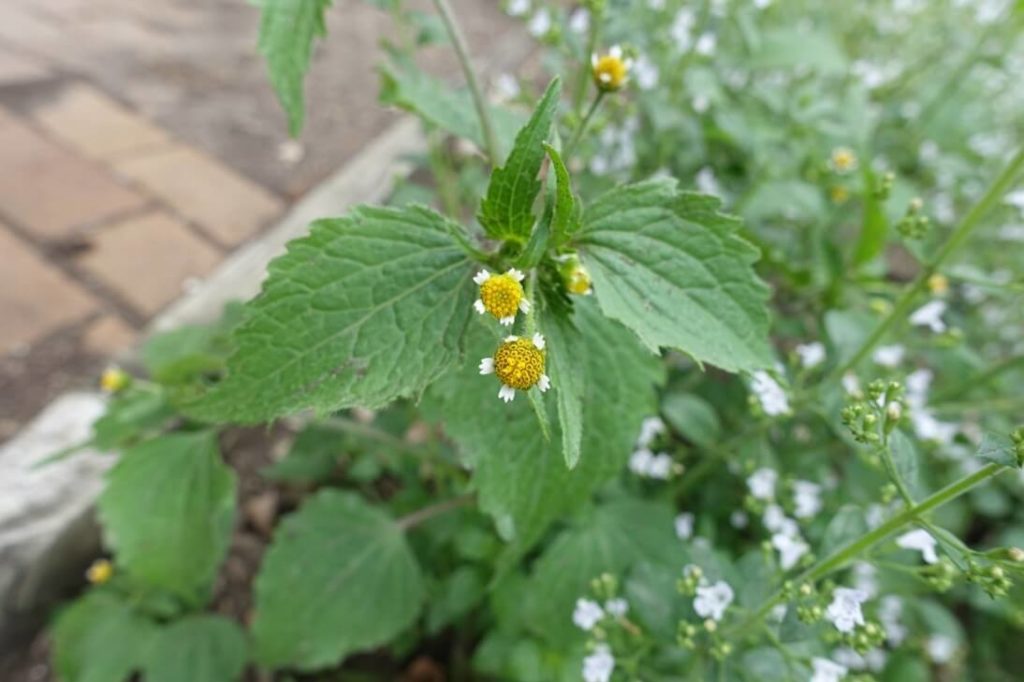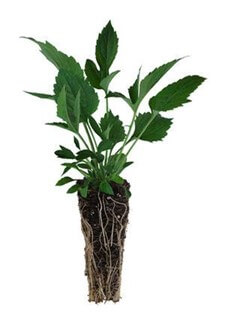
In Transition: Gardens inspired by the New Perennialist Movement

New York, Chicago, and Detroit. What will Janesville soon have in common with all these major metropolis’? Rotary Botanical Gardens will soon have gardens that have been inspired by the New Perennialist Movement.
The Sustainable Path
If you have visited RBG lately, you probably have noticed that the garden beds in the Entrance Gardens are transitioning to a new style of planting. From the parking lot island beds, we have removed the existing boxwoods and repurposed them as hedges throughout the Labyrinth and Wellness Garden. In addition, the front slope and visitor center beds will also get this same treatment. Why plant the gardens in this manner? These gardens will feature plant communities that provide sustainability, wildlife habitat, year-round interest, and in time, lots of color.
This style of plantings has largely been popularized by Piet Oudolf and Roy Diblik, whose book ‘The Know Maintenance Perennial Garden’ has been a huge inspiration of mine. The perennials and grasses in these matrix plantings have been selected to perform well with each other, taking in consideration how vigorous of growers they are and how they will work in combination with each other throughout the year. We will see these gardens transition throughout the year, with different plants being showcased at different times.
Although we are still in the process of planting, we intend to add another layer of interest with the addition of flowering bulbs this fall. This will provide an early pop of color as the perennials awake from their winter slumber. The perennials and grasses will be left up over the course of the winter, not only to provide winter interest and protect the crowns of the plants from extreme winter conditions, but to provide habitat for insects, animals, and other wildlife. In late winter or early spring, the plants will be cut back or mowed at a high length.

Finding Ourselves In The Weeds
One issue that these gardens have been faced with is a persistent presence of weeds. As these beds mature, they will cover the ground and prevent the sun from germinating weed seeds that exist in the soil. One annual weed in particular has been a nuisance, that being Galinsoga parviflora or Quickweed; as its name implies it can litter an area with leaf mass and seed prolifically with great speed. Many volunteer and staff labor hours have gone into controlling this weed and we look forward to when these areas are covered by ornamental plants and this weed is suppressed.
A reduction in the amount of inputs are another benefit we are looking forward to. As the perennials establish over the next year, we will not have to water them with the frequency that we currently water most of our annuals (some 3 times a week). These perennials will only need water in times of high temperatures or long durations without rain. Additionally, we will not be using fertilizers and since we will not be bringing in plants for these areas annually, we will reduce our carbon footprint in terms of fuel used to get the plants here and the large amounts of plastic that we are left with in terms of pots and cell trays.

Slowly but Surely
Some plants that will be featured in these plantings include, Calamintha ‘Montrose White’, Sporobolus heterolepis ‘Tara’, Agastache ‘Blue Fortune’, Allium ‘Summer Beauty’ and Salvia ‘Caradonna’. The plants have been installed mostly as landscape plugs; these are deeply rooted and smaller than the standard gallon sized containers that plants typically come in, but are easier to dig (a factor to consider when planting thousands of plants) and much more economical (also to a factor to consider when taking on a project of this magnitude). And knowing that perennials have a longer life cycle than annuals and thus develop slower, these gardens will mostly be growing roots this year.
Next year we will see an increase in the size and amount of flowers and we will see the plants head into peak in year three. This a large shift in style from what we have displayed in the past and patience will need to be exercised as the plants establish. It is my hope that this patience will give way to something beautiful for years to come.
